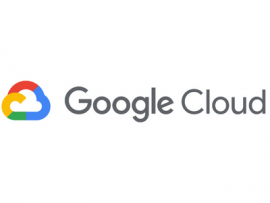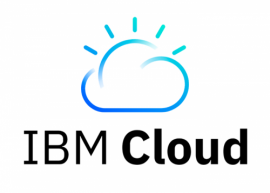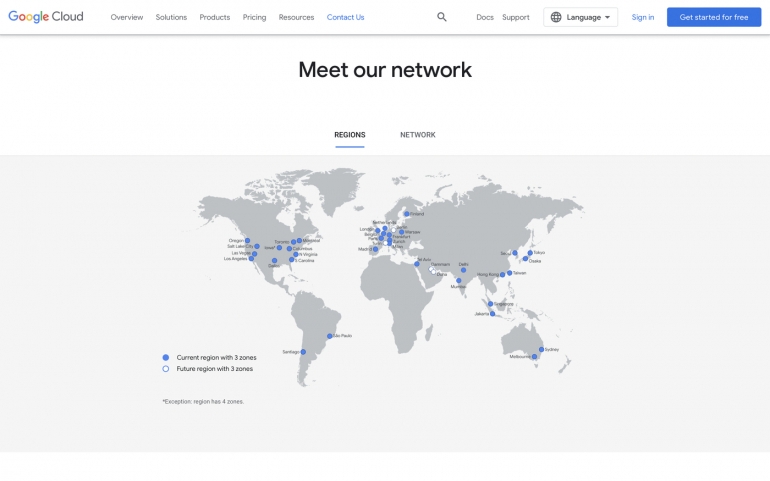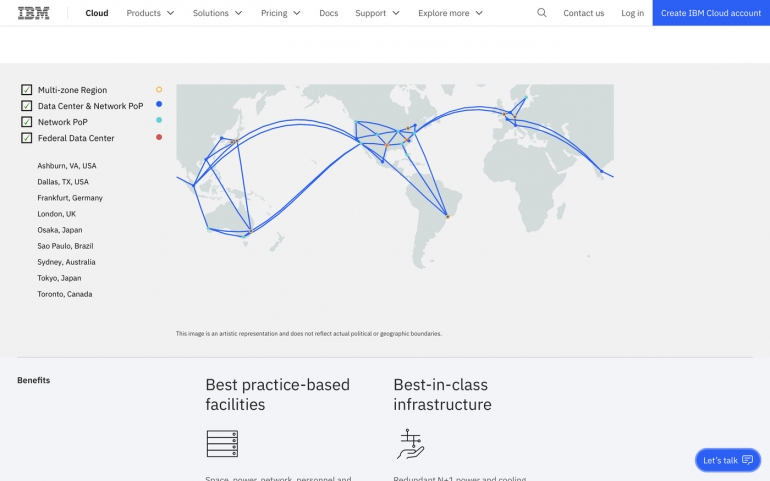As an enterprise moves computing workloads to the cloud, both Google Cloud and IBM Cloud represent reasonable alternatives. However, the history and strengths of each system differs.

The central concept of cloud computing remains relatively simple: Deploy and access applications and data over the internet without having to worry about the details of managing on-site servers, firewalls, networks, storage or software. Cloud computing shifts responsibility for many routine tasks from an enterprise administrator to a cloud service provider.
As a technology decision maker contemplates cloud migration options, choices narrow quickly. While AWS, Microsoft Azure, Google Cloud and IBM Cloud all appear on enterprise IT cloud lists — with the first two often leading by some market share measures — the latter two competitors each merit serious consideration. While a few key distinctions between Google Cloud and IBM Cloud are covered below, both vendors continue to expand and evolve, so make sure to contact each vendor for the latest changes.
SEE: Hiring Kit: Cloud Engineer (TechRepublic Premium)
Jump to:
What is Google Cloud?

Since 2008, Google Cloud has offered a wide range of services to help customers develop, run, manage and analyze high-performing cloud applications, databases, storage and analytics. Google Cloud solutions also offer connection to a variety of AI and machine learning-based systems that perform various image, text and speech services. A few prominent customers include Major League Baseball, Snap and Twitter.
What is IBM Cloud?

IBM moved aggressively into the cloud market by purchasing SoftLayer in 2013 and embraced open source technologies with the acquisition of Red Hat in 2019. The company’s various cloud offerings include managed Kubernetes service on bare metal and Red Hat OpenShift on IBM Cloud. The 2015 acquisition of The Weather Company not only helps the firm showcase various machine learning capabilities, but also deliver actionable big-data based forecasts to retailers and other clients. Other notable IBM Cloud customers include American Airlines, ExxonMobile and the US Open.
Google Cloud vs. IBM Cloud: Feature comparison
Migration capability
Google Cloud offers solutions to help enterprises either migrate or modernize as customers move to the cloud. A standard migration process might move virtual machines — either from on-site systems or from other cloud solutions — to Google Compute Engine.
A Google Cloud modernization might move applications to containers so they may run in Anthos clusters, Cloud Run or Google Kubernetes Engine. Migration Center, which Google announced at their Google Cloud Next ‘22 event, is intended to help people through both of these transitions. Dual Run will allow an organization to run existing mainframe systems in tandem with a Google Cloud solution to ensure a smooth move for cautious mainframe customers that seek high reliability.
Anthos is Google’s managed platform intended to help administrators more easily oversee a disparate set of applications distributed across Google Cloud, other cloud solutions, edge systems and on-site systems. Anthos seeks to simplify and automate many tasks in a hybrid or multi-cloud environment so as to ensure appropriate access, policies and performance of systems no matter where workloads reside.
IBM Cloud promotes two broad approaches to move to the cloud. First, lift and shift allows you to move existing applications, workloads and data to the IBM Cloud. Given the company’s deep history of engagement within many enterprises, this approach is likely to meet the needs of a significant number of IBM’s large-enterprise and governmental customers. Second, application modernization moves applications from standard server or mainframe-centric architectures to contemporary containers or serverless computing structures.
IBM promotes four sets of solutions and tools to move workloads to the cloud.
- IBM Cloud Classic to Classic, which helps you move from one bare metal server to another bare metal server in the IBM Cloud classic environment.
- IBM Cloud Classic to IBM Cloud, which helps you move from a bare metal server to a virtual server instance environment.
- Virtualized workloads to IBM Cloud, which helps you move workloads from a VMware virtual machine to a virtual server on IBM Cloud.
- DIY automation, which helps you move Intel x86 virtual machines to an IBM Cloud virtual server instance.
Global availability
A cloud vendor’s data center locations may significantly impact customer perception of performance. Applications and data delivered from a location close to a customer will likely result in lower latency, while greater distances can introduce delays. For both companies, not every cloud service offered is available from every indicated cloud data center location.
Google Cloud indicates availability in 35 regions, 106 zones and 173 network edge locations (Figure A). The company indicates that Google Cloud is available in 200+ countries and territories. Importantly, Google claims to be carbon neutral for operations today and has a goal of running on carbon-free energy at all times and at all data centers by 2030.
Figure A

Similarly, IBM Cloud promotes the ability to deploy workloads across nine regions and 27 zones across 46 data centers (Figure B). IBM serves clients in more than 175 countries. According to the IBM 2021 environmental, social and corporate governance report, IBM has set a goal to procure 90% of all electricity used by the company worldwide from renewable sources by 2030.
Figure B

Google Cloud vs. IBM Cloud: Which should you choose?
Both Google Cloud and IBM Cloud can be a smart choice for an enterprise customer. However, the benefits and challenges of working with each vendor differ.
Google Cloud customers gain access to Google’s cloud-first approach since the company and its enterprise cloud offerings have been built during the modern cloud era. The company’s widely recognized advances in AI and machine learning also will likely appeal to many customers. While Google technologies have often excelled, only in recent years has the organization aggressively moved to amass more people and partners with deep, sector-specific expertise to engage enterprise customers.
IBM Cloud customers benefit from IBM’s enterprise-centric approach, as the company and its offerings have provided solutions that span several eras of computing — from mainframes to client-server to cloud. IBM Cloud makes a great deal of sense for customers who depend on high-reliability, high-volume or high-security enterprise or government systems that seek to shift specific tasks to a modern cloud architecture. IBM Cloud technologies represent a capable and varied set of solutions paired with consulting expertise. Since acquisitions represent a significant portion of their cloud initiatives, the company has had to work to integrate the offerings into a cohesive and consistent cloud solution.
What’s your cloud experience?
Has your organization chosen to use either Google Cloud or IBM Cloud? What key differentiator(s) drove that decision? Have the capabilities of either of these vendors prompted your organization to move more workloads from on-site systems to the cloud? Message or mention me on Twitter (@awolber) to let me know what your experience with either Google Cloud or IBM Cloud has been.
